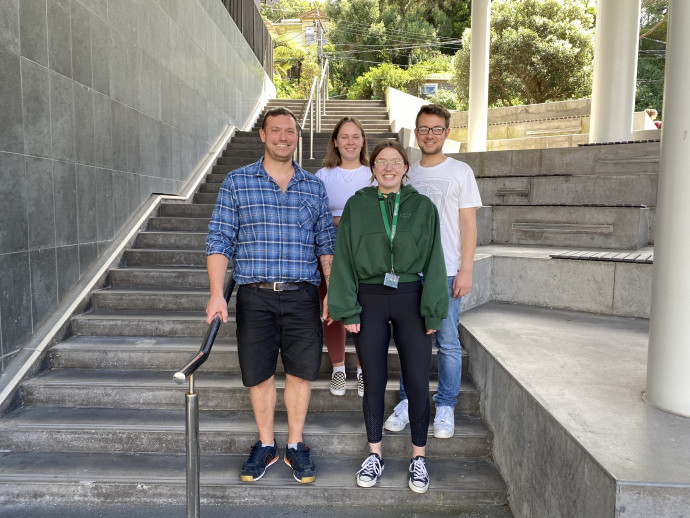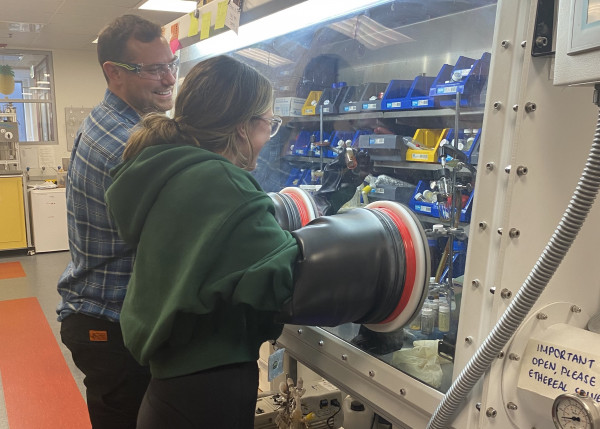Reimagining the recipe of a ‘haute cuisine’ material: Creation and conversion of molecular indium phosphide into its nanocrystalline form

Dr Mathew Anker, Te Heranga Waka – Victoria University of Wellington, in collaboration with Professor Michael Hill from the University of Bath, is exploring fresh ways to access and control a usually uncooperative material – indium phosphide. If successful, a new generation of renewable energy devices and display technologies could be on the horizon
Published on 3 Whiringa-ā-rangi November 2021
The electronic properties of tiny (nanosized) indium phosphide crystals are ideal for next-generation renewable energy devices and TV displays. Combine this potential with indium phosphide's low toxicity and it’s easy to see why researchers and companies that make these devices intensely research indium phosphide. Just like haute cuisine, making good indium phosphide is tricky. Reliably controlling crystal size and purity is a major synthetic challenge. This is because indium phosphide’s properties are strongly linked to crystal size and purity.

Dr Mathew Anker and Tylah Sweet (PhD) working in a glove box on the first generation of molecular indium phosphide. Image: supplied
To make indium phosphide crystals you must convert the elements, indium and phosphorus, into a special form. This Marsden Fund Fast-Start project will create a new combined form of indium and phosphorus, called molecular indium phosphide. Molecular indium phosphide allows the controllable conversion to the crystal form with unparalleled purity and simplicity, just like clicking Lego blocks together. They will also be able to control the crystal size and therefore its electronic properties. If successful, this research will transform the known capabilities of nanosized indium phosphide, unlocking a whole host of new devices. It will also push Aotearoa further into the huge international community of nanoscale semiconductor research.
